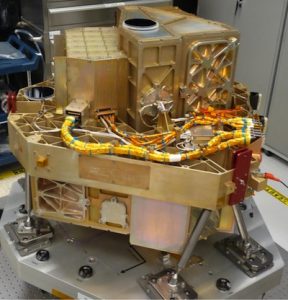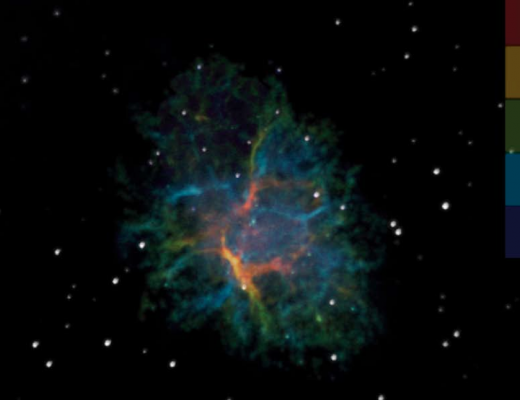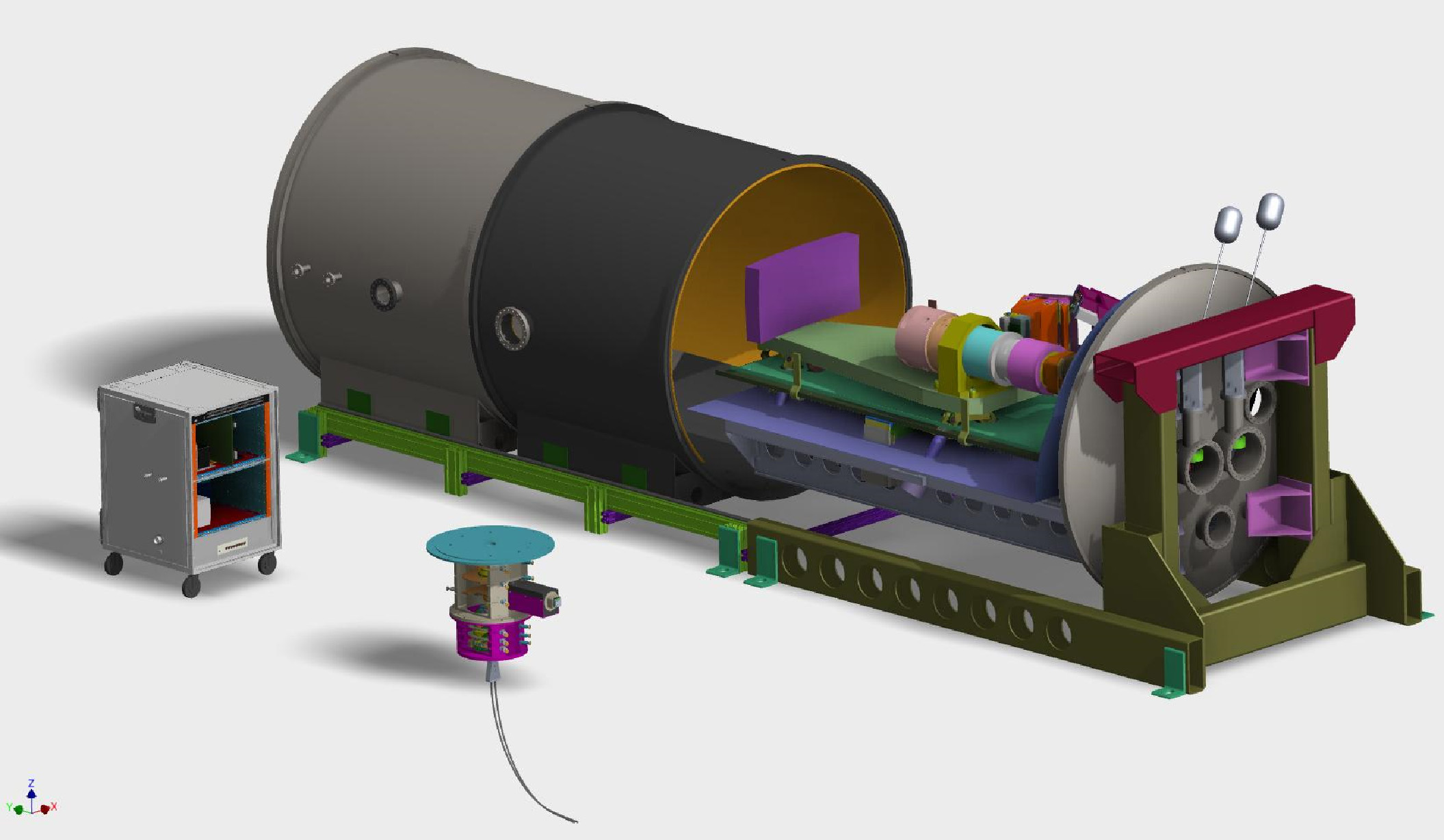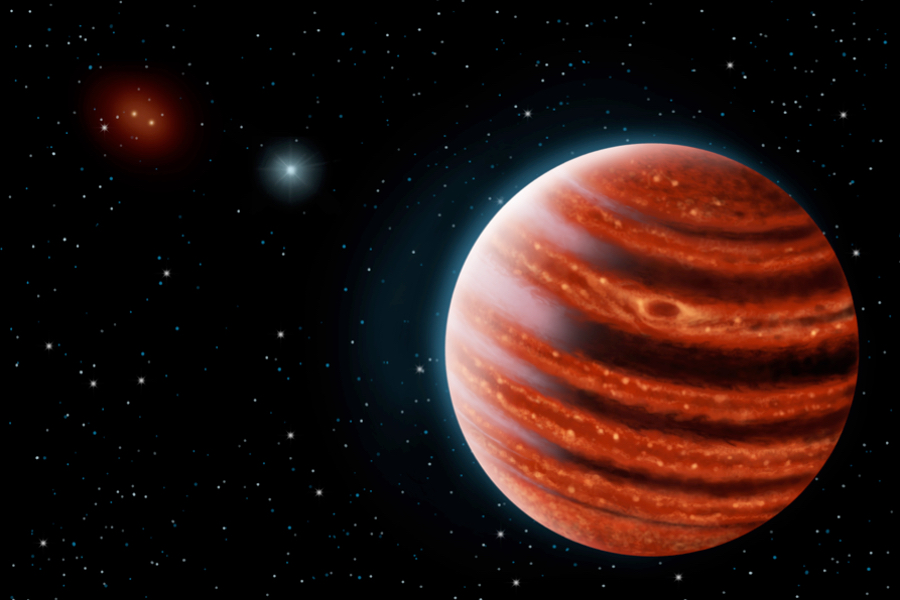OMM delivers FGS/NIRISS to NASA
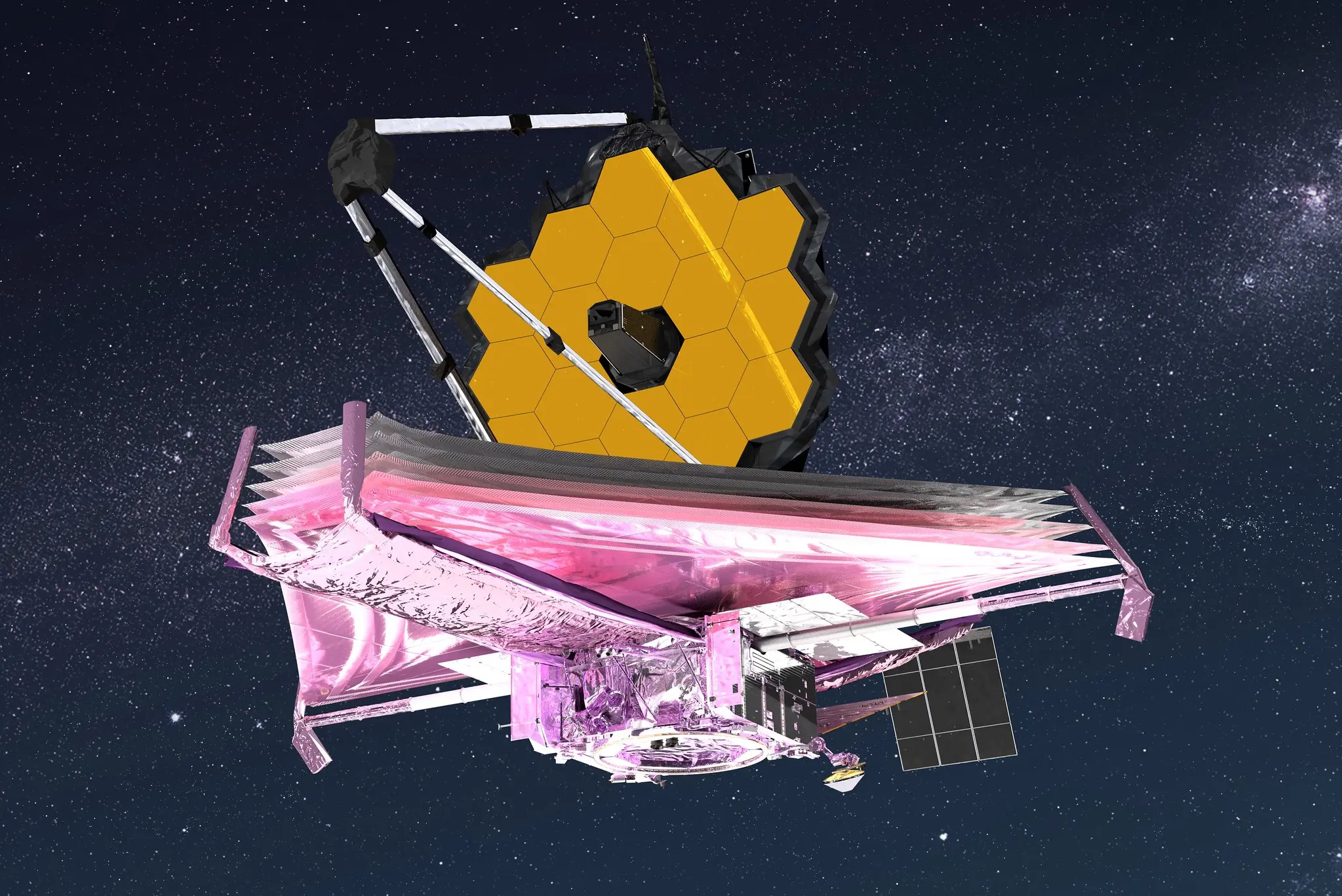
Two instruments, whose acronyms are NIRISS and FGS, designed by a team co-led by Université de Montréal professor René Doyon, will be integrated into the James Webb Space Telescope (JWST or simply Webb), which will replace Hubble in 2018. These instruments, which cohabit on the same platform, leave Canada today for delivery to NASA at the end of July. “NIRISS will be tasked with discovering and studying both Earth-sized exoplanets and the most distant galaxies. FGS will have the invaluable task of ensuring the most precise position for the JWST, located 1.5 million km from Earth”, says Professor Doyon of the Physics Department of the Université de Montréal (UdeM) and researcher at the Centre de recherche en astrophysique du Québec (CRAQ).
Scheduled for launch in 2018, Webb is a collaborative project between the American (NASA), European (ESA) and Canadian (CSA) space agencies. The telescope’s mission will be to study stars and galaxies in the earliest years of our Universe’s life, the formation of stars in our galaxy and the search for planetary systems suitable for the development of life. It will be the successor to the prolific Hubble Space Telescope, launched 22 years ago. “Unlike Hubble, which orbits the Earth some 400 km from its surface, Webb will be located more than 1.5 million km from our planet, four times the distance between the Earth and the Moon. At this distance, its instruments will be in a stable, extremely cold environment. Protected from the Sun by its tennis-court-sized sunshield, Webb and his instruments will be cooled to -230°C, enabling them to achieve unrivalled sensitivity and precision,” explains Professor Doyon.
This double instrument, comprising the FGS (Fine Guiding Sensor) and the NIRISS (Near InfraRed Imager and Slitless Spectrograph), is the fruit of the work of scientific teams co-led by Professor René Doyon of the Université de Montréal and Dr John Hutchings of the National Research Council of Canada (NRC). The instruments were produced mainly by COM DEV International – a world-class space hardware design and manufacturing company based in Ottawa and Cambridge, Ontario. UdeM and NRC also contributed to the design and testing of several instrument components. The partnership between the Canadian Space Agency, COM DEV and the Canadian scientific teams at UdeM and NRC has enabled us to push back the limits of current technology by proposing new scientific innovations. This collaboration will guarantee Professor Doyon’s team and Canadian astronomers precious observing time once Webb is up and running.
FGS : unparalleled precision
The two “eyes” (highly sensitive infrared cameras) of the FGS are one of Webb’s key elements. The FGS will be nothing less than Webb’s “steering wheel”, enabling him to stay pointed at celestial objects with immense precision, to keep Webb’s images sharp. FGS will enable Webb to point in the direction of a celestial object with an angular precision of the order of a millionth of a degree – the angle formed by the diameter of a quarter placed in St. John’s Newfoundland and seen from Montreal, or the equivalent of the thickness of a hair seen from a distance of 5 km!
NIRISS : the necessary continuity for Prof. Doyon’s space studies
Linked to the FGS, on the same platform, the NIRISS instrument will be one of Webb’s four scientific instruments. Its mission will be to find and study the faintest and most distant astronomical objects in our Universe. But its infrared spectroscopic sensitivity will also be applied to one of Professor Doyon’s favourite fields of research: the search for and study of exoplanets. Already at the forefront of this field – not least for his part in taking the first image of an exoplanet system – Professor Doyon and his team have specially designed NIRISS to detect the thin atmosphere of exoplanets as small as the Earth, to determine their composition, or to search for the presence of water vapour, CO2, or even potentially biological markers such as methane or oxygen. NIRISS will have the capacity to shed light on other potentially habitable worlds. “It has taken us more than 10 years to develop and build this incredible machine, no heavier than a person,” says Professor Doyon, “and there are no words to describe the anticipation and excitement of seeing our instrument finally make its way to NASA. The whole team can’t wait to see it in operation in orbit!”
FGS/NIRISS will arrive at NASA’s Goddard Space Flight Center on July 30, 2012. This will be followed by a long series of tests and integration with the rest of the telescope, culminating in Webb’s launch in 2018, followed by the first data a few months later.
The FGS/NIRISS international scientific team, led by Professor René Doyon, includes astronomers from the Université de Montréal, the University of Toronto, St. Mary’s University (Halifax), NRC (Victoria), the USA and Switzerland.
